Each child learns at a different level and speed, especially when it comes to understanding abstract concepts in math. Thankfully(!), learning methods have evolved to include practical and hands-on tools to help children visually solve problems and develop math strategies that blend well with their learning styles.
From educational board games to math manipulatives, adapting a lesson to a child’s learning style has never been easier. But what are math manipulatives? And how do you choose the best one for the task at hand?
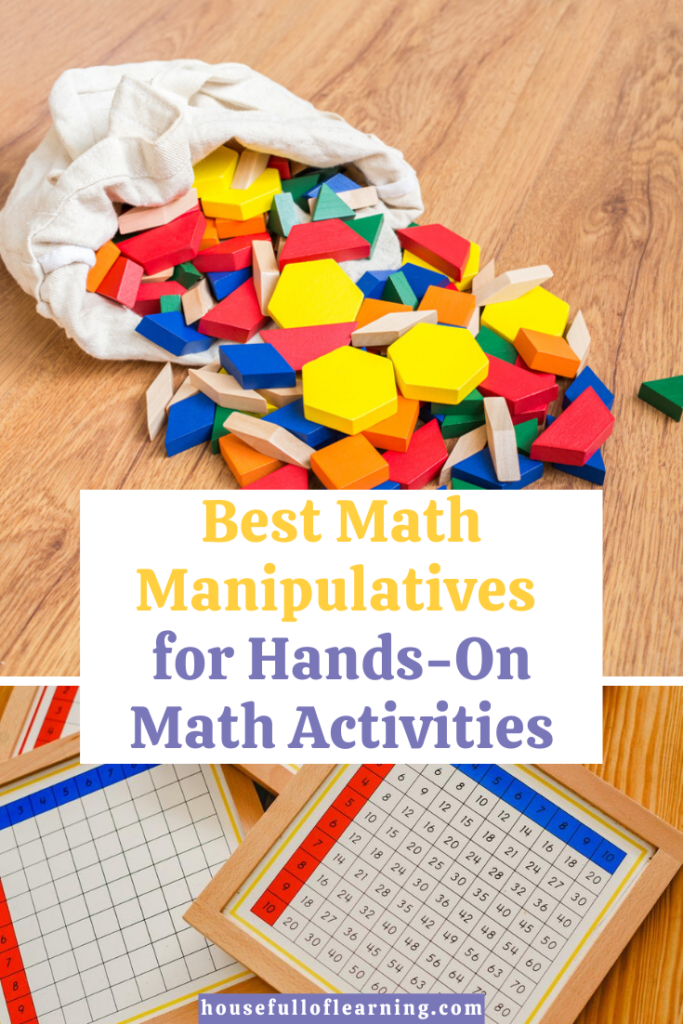
What Are Math Manipulatives – And How Do They Help?
The basics of mathematics are essential for problem-solving, reasoning, and analytical thinking. Regardless of whether a child dreams of being a police officer, a scientist, or a teacher; mathematics skills are foundational in learning.
Manipulative math tools are physical (and sometimes can even be virtual) objects that allow learners to better understand mathematical concepts by breaking them down into bite-sized, relatable chunks.
They offer a hands-on, engaging experience that is focused on exploring various concepts like counting, fractions, geometry, and telling time.
Whether a young child is trying to solidify one-to-one correspondence or a middle schooler is trying to solve problems involving fractions, the right math manipulative can help them see the concepts first hand.
Here are some of the most popular math manipulatives to help your learners understand mathematical concepts and develop their problem-solving skills.
Equations and Counting Manipulatives
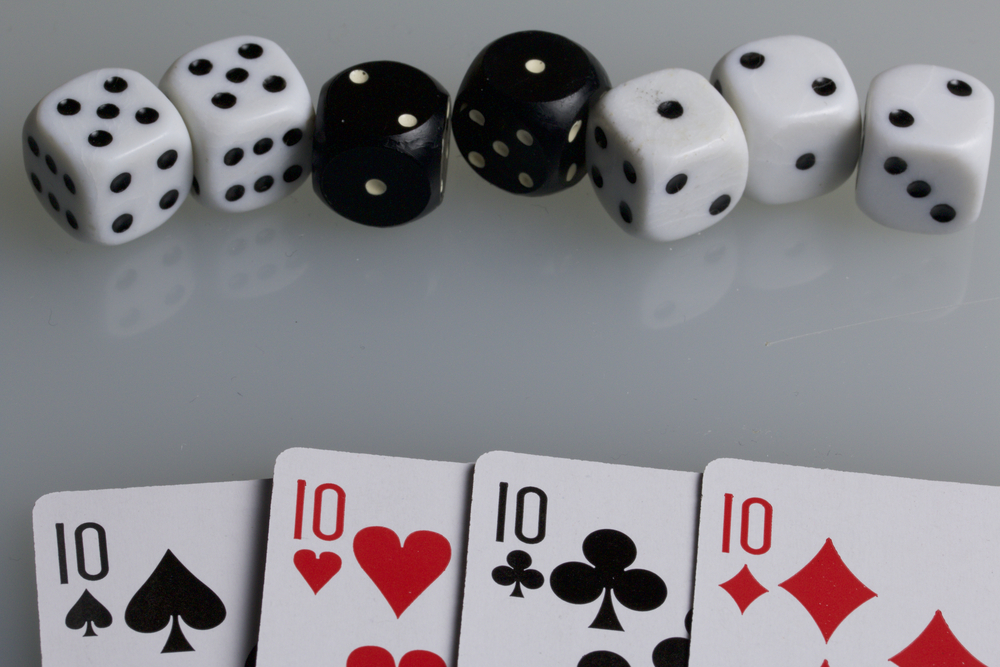
The simple act of counting underpins all other mathematical understanding. From the earliest stages of counting where children learn the value of 1, 2, 3, etc., to growing and working with bigger numbers, these math teaching manipulatives are fantastic for introducing counting and equations.
Unifix Cubes
These colorful, plastic cubes are useful for practicing counting, sorting, adding, and subtracting. Unifix cubes can be used by kids aged 2 – 8, and in higher grades for children who continue to build their overall number sense.
The colorful cubes can be interlocked in various orders and patterns to practice counting, sorting, patterns, and even introduce the idea of fractions.
Character Counters
Using characters, such as teddy bears or bugs, to learn how to count adds a colorful and fun element to the exercise.
Different sized counters can step the level up a bit by encouraging children to identify groups according to color and size. They can teach 1-to-1 correspondence in young children and even used to create visual groups to build multiplication concepts.
Dice
Rolling dice are one of the most effective and simple math manipulatives around. The six-sided cubes are perfect for practicing addition and subtraction, as well as multiplication. Use two dice together to practice mathematical equations at random.
There are also other math games using dice to expand on these exercises. For example, you can use dice in conjunction with base ten blocks, another math manipulative, to play a game that practices multiplication, calculating area, and spatial reasoning.
Snap Cubes
These colorful cubes promise lots of fun as kids explore the concept of numbers. With each side “snapping” into one another, snap cubes can be used to count, place value and practice simple equations, or demonstrate patterns.
Snap cubes make early maths skills fun to learn and exercises can be adapted from Pre-K to 6th grade.
Two-Color Counters
Two-color counters are simple in design and effective in execution. The double-sided round disks can be adapted to use in a variety of games that teach number and operation concepts.
Some popular activities that use two-color counters include addition and subtraction, as well as an introduction to probability by tossing the counter and predicting the likely outcome.
Playing Cards
A deck of playing cards is one of the most versatile games on the market. When you introduce playing cards to the classroom, you also introduce an element of gamification. There are several everyday card games that are founded in mathematics principles – such as a variety of War games.
By removing the jack, queen, king, and jokers, though, you’re left with numbered cards that are perfect teaching tools for learners at an elementary level (and older). Card games in math can teach a range of mathematical concepts from place value to multiplication.
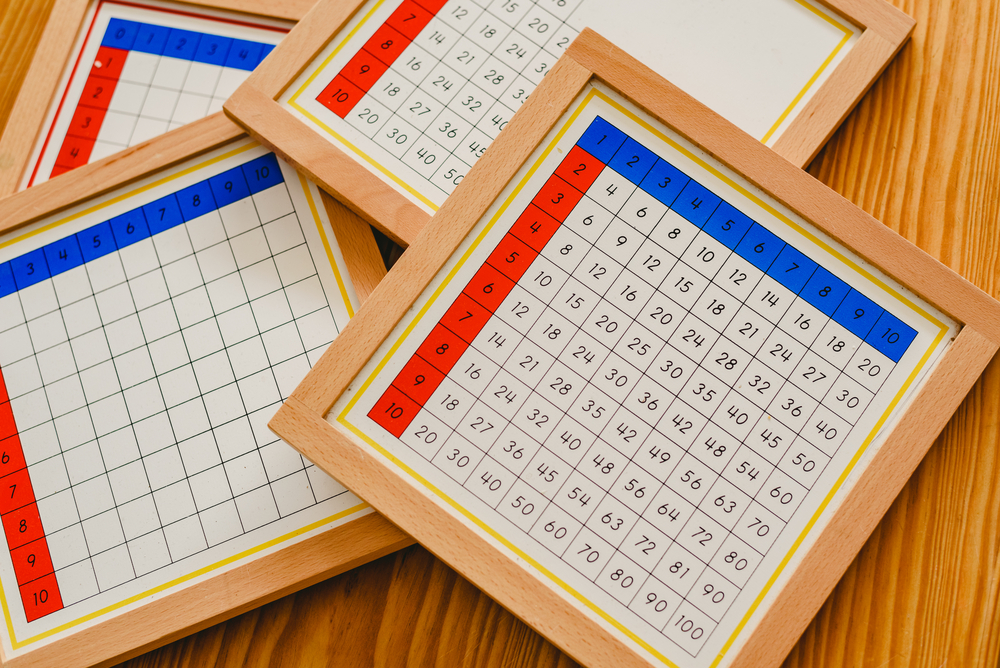
Hundreds Charts
A hundreds chart is essentially a table of digits from one to 100, in counting order. The visual representation of the numbers is arranged in an organized manner and offers children a fantastic visual guide.
Don’t be fooled by its simplicity, though! The 100s Chart is like a Rosetta Stone waiting to be deciphered. With repeated use, learners will practice skip counting, addition, subtraction, multiplication, and be WOWed by the patterns that reveal themselves!
There are several interactive hundreds charts that not only add an extra element of fun, but also allow students to work with specific number sets and manipulate the numbers to build number sense and mental math visualization skills.
Base 10 Blocks
Also known as “base ten blocks”, this math manipulative can be used at both a beginner and an advanced learning level.
The cubes can be used to teach counting and place value in early elementary programs. Later on, they teach about fractions and decimals when the single unit blocks are used together to visualize a whole.
If I could choose just a few of these math manipulatives to use with students, Base 10 Blocks would definitely make the cut.
Dominoes
A set of dominoes is a popular manipulative in the primary school classroom. The double-numbered tiles can be used in a variety of games to practice counting, grouping, and problem-solving.
When used effectively, these tiles could have a domino effect on the learner’s understanding…what can I say, teacher humor! Couldn’t help myself!
Magnetic Numbers
Using magnetic numbers to teach sequencing, counting and basic equations allows children to move digits around without the consequences of having to physically erase a mistake. They’re especially good for younger children who haven’t yet developed handwriting skills.
Magnetic numbers are fun to have at home and stick on the fridge for impromptu math moments. What better way to bond with your child while you’re busy cooking dinner?
Fractions and Geometry Manipulatives
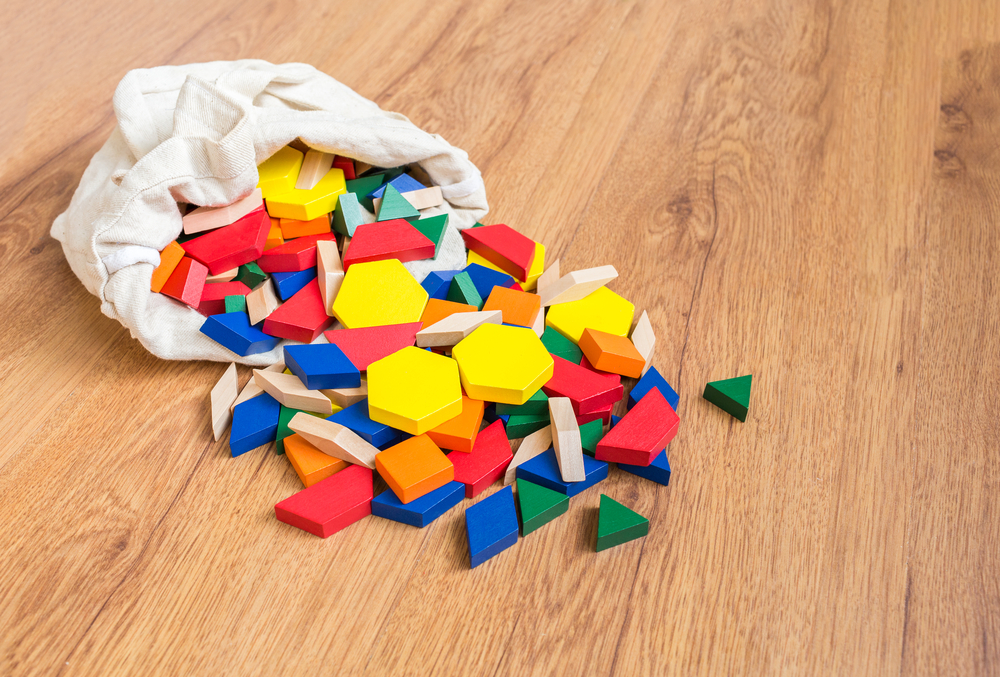
Several of the above manipulatives can be expanded on to introduce the concept of fractions and geometry. The following manipulatives, however, were designed specifically with these concepts in mind.
Geoboards
The double-sided, plastic, square geoboards are very handy in teaching geometric shapes. The pegs are used to stretch elastics from one to another.
By creating shapes on the boards, learners can discover geometric concepts such as symmetry, congruency, and perimeter.
Pattern Blocks
It’s no secret that there are plenty of benefits of playing blocks.
In particular, colored pattern blocks are designed to allow children to explore shapes like parallelograms, rhombuses, trapezoids, and hexagons. These geometric blocks are great for learners from Pre-K to 6th-grade to help develop spatial awareness, problem-solving, and shape recognition.
Cuisenaire Rods
Cuisenaire rods are classic math manipulatives that introduce learners to a range of concepts including addition, patterning, and even data analysis.
The colorful rods of different lengths are specifically useful for teaching topics such as fractions, ratio, and measurement. Upper elementary and middle school learners will benefit greatly from using them while they explore these topics.
Tangrams
The value of tangrams extends back to ancient Chinese culture when the three- and four-sided shapes were used as puzzle pieces. The tangram shapes are still used today as tools for teaching geometric concepts.
The task is to put the puzzle pieces together in order to make up a specific shape. As a result, notions of symmetry, congruence, and problem-solving are practiced.
Ruler
As a staple in most office desks, a ruler has many uses. They can be used to draw a straight line, measure from point A to point B, and are even pretty useful as a paperweight!
Obviously, in the math classroom, numbered rulers are great tools in measuring various parts of a whole. This introduces the idea of fractions. whole values, and different standard units of measurement.
Geometric Shapes
There are several different types of geometric shapes that can be used as learning tools. These wooden geometric blocks though, introduce the concept of 3-D shapes adds, volume, and offers students the chance to compare the differences between circles and spheres, squares and cubes.
Fraction Tiles
Even confident math students can find fractions a challenge. It’s not easy to visual parts of a whole. Fraction tiles allow learners to explore fractions, equivalents, and mixed numbers through proportionally sized tiles to actually see the value.
The tiles are split into whole, halves, thirds, fourths – all the way to twelfths. This visual element of understanding for a rather abstract topic helps students grasp and flexibly work with fractions.
Fraction Circles
Similar to fraction tiles, fraction circles break up a whole shape into smaller parts. With each circular fraction of a different color, the different parts of the whole become more apparent.
They’re perfect for visually comparing fractions, as well as adding and subtracting fractional parts.
Spinners
The round disk with a spinning arm is a fantastic tool for introducing the concept of probability in a very simple way. Simple games and investigations can be done with a spinner to determine how likely you are to land on a specific color or number.
Colorful spinners are also helpful for a variety of math games across age levels. Not to mention, they’re a lot of fun and children instantly recognize them as such!
Centimeter Cubes
Also referred to as color cubes, these small, plastic squares come in a variety of colors. Each unit is equal in length and can be used for measuring area, volume, and exercises in probability.
Younger children can even use them to practice sorting skills, as well as work with concepts like area and perimeter even before they formally know what these are.
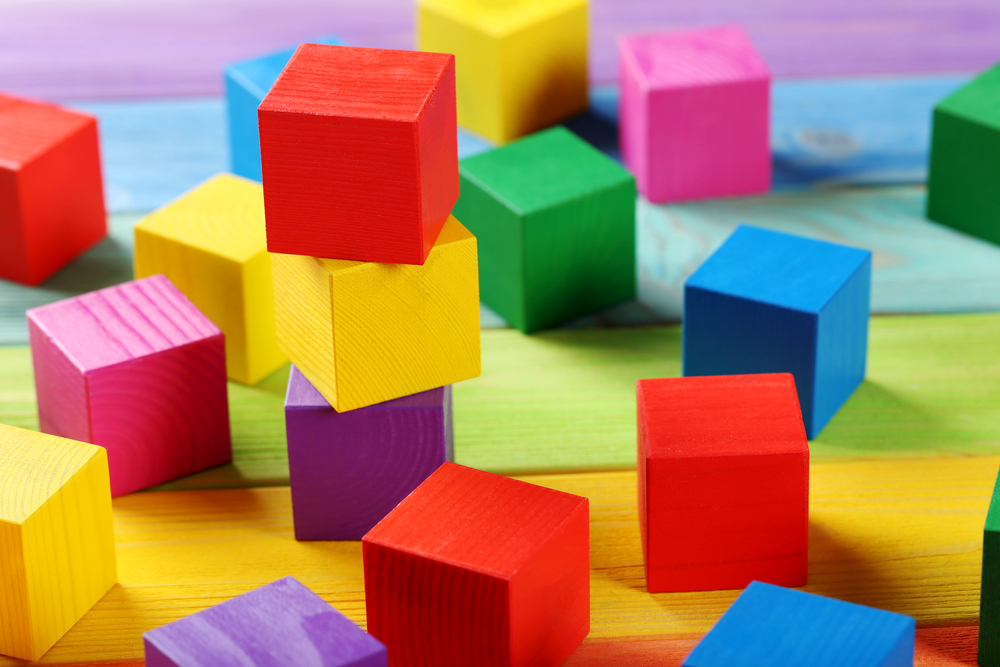
Manipulatives to Tell Time
Building a sense of time is an important skill for young learners. It helps them navigate the school day and understand the passage of time throughout the month, year, season, etc.
Later on, this sense of time correlates directely to their work skills and completing tasks in a timely manner.
Luckily, there are math manipulatives to help to teach time!
Clock
What better way to learn to tell the time than with a clock? With the world going digital, analog clocks seem to have lost their value in the classroom.
But an interactive clock can do wonders for understanding the concept of time. You can also get magnetized clock faces to encourage further engagement.
Calendar
Educational calendars are another fantastic way to teach the concept of time and how it is broken up into days, weeks, months, years, and even seasons.
While a large printed calendar is effective for giving a large overview, you can also use calendar boards that are more interactive.
Problem Solving Manipulatives
The skills of problem-solving can be improved through exercises dedicated to abstract thinking and visualizing the problem as it gets broken into pieces.
Many of the math manipulatives on this list are helpful for problem-solving. The following math manipulatives can be used by many ages to solve a wide variety of problems.
Number Lines
There are different types of number lines that are used to teach mathematical concepts.
A closed number line has a set starting number and ending number on the line. An open number line allows students to input numbers from the problems they’re solving and even determine the distance between number line skips.
Both are versatile, with the open number being more so, and can be used to solve a wide range of problems from simple addition to adding fractions.
There are also virtual manipulatives that include especially useful number lines to represent both positive and negative integers.
Color Tiles
Color tiles are particularly useful because they can be applied to mathematical exercises at various levels. Again, the visual representation can help learners see the different parts of complex problems.
A color tile and puzzle card combo is particularly useful, especially when teaching critical thinking and logic.
Ten Frame Trays
These grids are a valuable math tool that combines learning and playing when adding colorful disks. The two-by-five rectangular frame is the base for which counters can be rearranged in different ways.
The ten frame tray is an effective way of visually representing numbers and fostering number sense, skip counting, mental math, and basic addition and subtraction fluency.
Money Manipulatives

The following money-centric math manipulatives help learners understand money values and relationships.
Play Money
Play money gives children an opportunity to practice simple mathematical concepts while encouraging creativity and imagination.
Set up a make-shift shop and introduce play money as a way to teach learners to count, barter, and appreciate the value of limited funds.
Clear Plastic Chips
Plastic chips are an effective manipulative to teach the basics of money without including currency. The plastic chips can be used to count, barter, and exchange.
Their purpose can also double up and be used to practice counting, sorting, and grouping.
Virtual Math Manipulatives
With the rise of e-learning, it shouldn’t come as a surprise that many of these math manipulatives have been adapted for the online classroom.
A simple Google search will bring up an option of math manipulatives online. These exercises can be practiced with your child and even used independently if your child has an accessible copmuter or device.
For the youngest learners, the physical math manipulatives are recommended over virtual math manipulatives. The tactile experience really gives their mathematical understanding a boost.
Math Manipulatives for the Win!
Mathematics is foundational to all areas of learning. By developing the concepts of problem-solving, strategy, reasoning, and abstract thinking, children will be able to apply them in school, as well as in daily life.
Using math manipulatives makes these concepts concrete and fun to explore. Give them a go and watch as your child’s confidence in their math abilities grows.
What are your questions about math manipulatives?
Like this post? Please save it for later on Pinterest or share on social media.
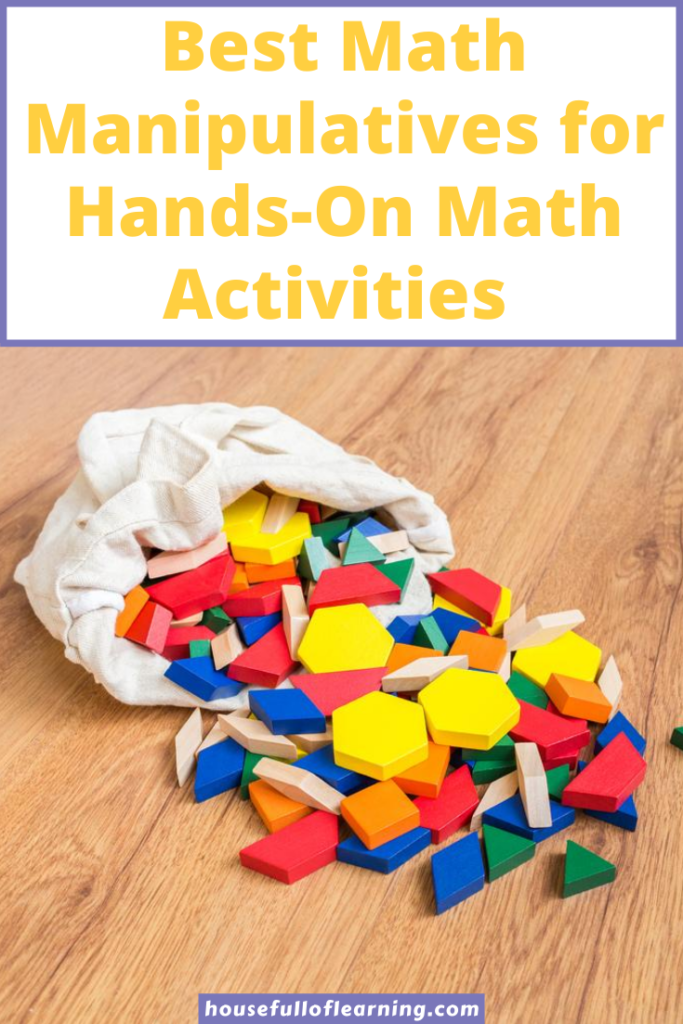


Leave a Reply